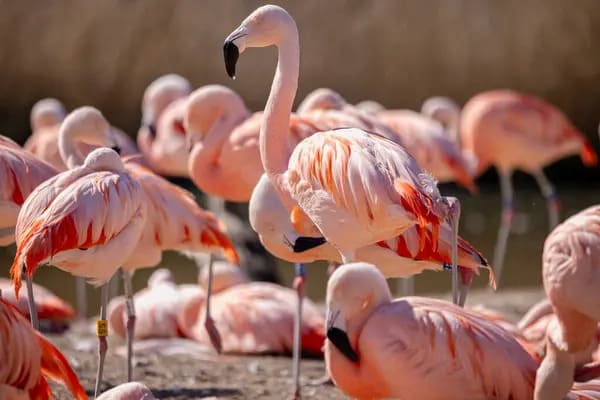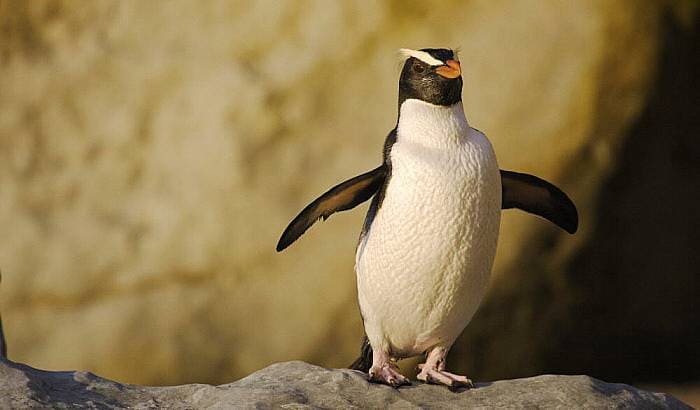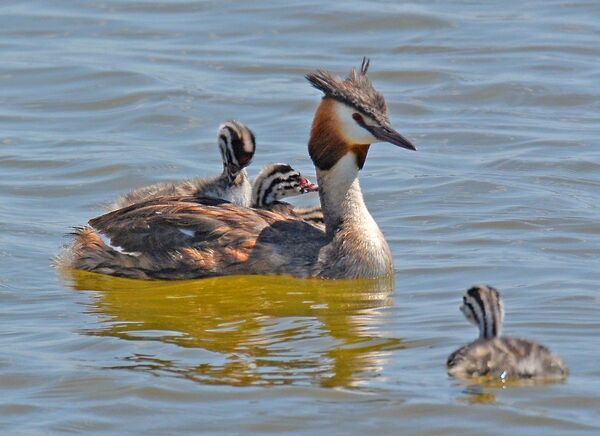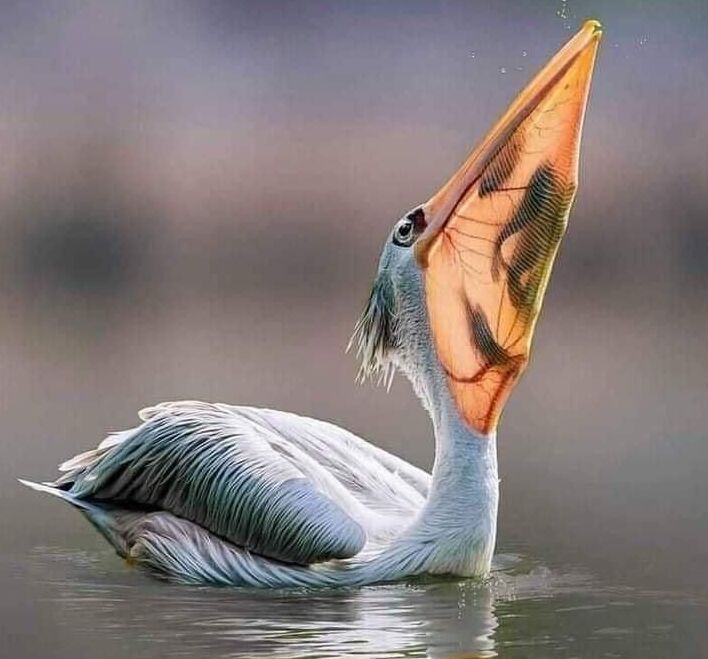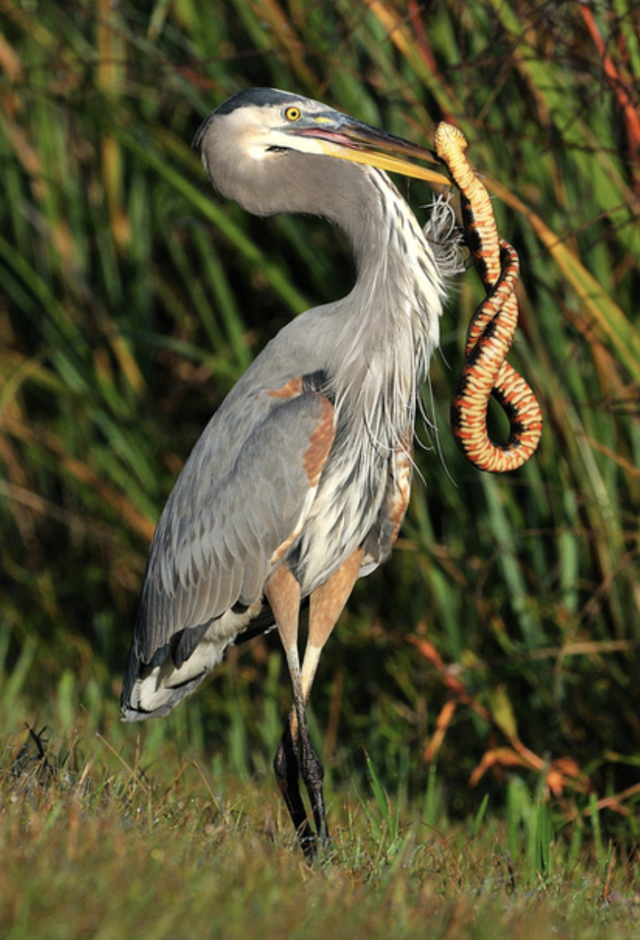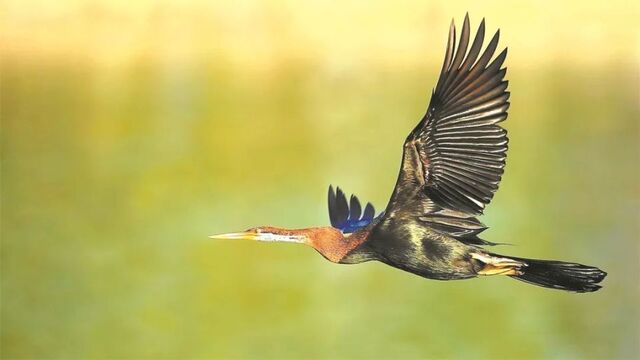Ixobrychus minutus
IUCN
LCBasic Information
Scientific classification
- name:Ixobrychus minutus
- Scientific Name:Ixobrychus minutus,Little Bittern
- Outline:Wading birds
- Family:Ciconiiformes Ardeidae Bittern
Vital signs
- length:31-38cm
- Weight:136-145g
- lifetime:5years
Feature
Can swim in water, but is extremely clumsy
Distribution and Habitat
Distributed in Afghanistan, Albania, Algeria, Angola, Armenia, Australia, Austria, Azerbaijan, Bahrain, Bangladesh, Belarus, Belgium, Benin, Bosnia and Herzegovina, Botswana, Bulgaria, Burkina Faso, Burundi, Cameroon, Central African Republic, Chad, China, Democratic Republic of the Congo, Côte d'Ivoire, Croatia, Cyprus, Czech Republic, Egypt, Equatorial Guinea, Eritrea, Estonia, Ethiopia, France, Gabon, Gambia, Georgia, Germany, Ghana, Greece, Guinea, Guinea-Bissau, Hungary, India, Indonesia, Iran Islamic Republic of, Iraq, Israel, Italy, Jordan, Kazakhstan, Kenya, Kuwait, Kyrgyzstan, Latvia, Lebanon, Lesotho, Liberia, Lithuania, Luxembourg, Macedonia, Madagascar, Malawi, Mali, Malta, Mauritania, Moldova, Montenegro, Morocco, Mozambique, Namibia, Netherlands, Niger, Nigeria, Oman, Pakistan, Palestine, Papua New Guinea, Poland, Portugal, Qatar, Romania, Rwanda, Saudi Arabia, Senegal, Serbia, Sierra Leone, Slovakia, Slovenia, Somalia, South Africa, South Sudan, Spain (Canary Island
Appearance
The eyes are yellow or green at first, the mouth is slender and yellow, the base is black, and there are grooves on both sides of the front of the mouth. The body shape is relatively thick and fat, the wings are short, the tail feathers are wide, with only 10 feathers, and the feathers on the lower throat are longer and lanceolate, which is different from typical herons. The male bird's head, crown feathers, pillows, back, shoulders, and tail feathers are all black with a green metallic luster. The sides of the head, neck and chest are ocher or grape color, and the center of the throat and front neck are black. It is pale white, with a white belly and ocher-colored flanks with black fine lines. The wings are black, and there is a large yellow skin spot at the base of each wing, which gradually becomes lighter toward the outside. When flying, it forms a sharp contrast with the black wings, which is extremely eye-catching. The mouth and feet are both yellow-green.
The head and ne
Details
Little Bittern, also known as Little Bittern in English, is a small wading bird with 5 subspecies.
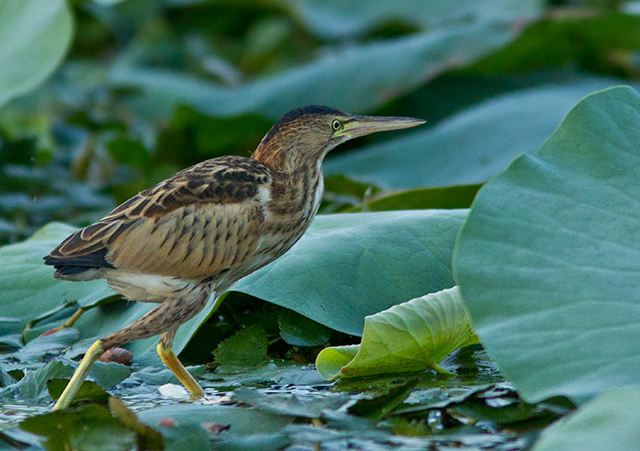
Little Bitterns move in pairs during the breeding season, in family activities in the late breeding period, and mostly move alone at other times. It often walks along the shore of the water with big strides, light steps and large strides. It can also run quickly when it encounters danger. It is agile and walks freely in the dense reeds. It can quickly grab the long reed poles with its toes. It is easier and more flexible to take off than reeds, but usually the flying distance is not large, and it falls down soon after taking off. When descending, it often glides into the reeds. It can also swim on the water, but it is very clumsy. Sometimes after being injured, it can try to escape from enemies by diving into the water. It mainly feeds at dusk, night and early morning. It hides in reeds or other dense vegetation during the day. The food mainly consists of various small fish, frogs, tadpoles, aquatic and terrestrial insects, crustaceans and mollusks.
The little bittern is usually active at dusk and night, and hides in reeds and other dense vegetation during the day. But sometimes it is active during the day. It is secretive and moves very cautiously. When there is a slight sound or when they sense someone coming, they often stretch their necks upwards and stand there motionless for a long time, just like a specimen or a dead grass. If you don't observe carefully, it is difficult to distinguish them from the reeds and branches around them. Only when you walk up to them will they fly away with a "flutter". This is a very wonderful ability to simulate the environment that they have developed in the long process of evolution. They blend into the surrounding environment and hide very cleverly. This phenomenon is called "mimicry". Although there are many mimicry phenomena in animals, they are relatively rare in birds. The little bittern can be regarded as the most outstanding.
The little bittern migrates from the wintering grounds in the south to the breeding grounds in late March to early April every spring, and migrates from the breeding grounds to the wintering grounds in mid-September to mid-October in autumn. The breeding season is from May to August every year. Usually, they build nests in ponds, swamps, lakes and river banks with abundant reeds, bushes or low willows. Most nests are built in reeds, bushes or trees. Male and female birds participate in nesting together. The structure of the nest is relatively simple, mainly composed of dead branches and reed stems and leaves. The nesting time is about 3-5 days to complete, but during the egg-laying and incubation period, the nest is still constantly repaired, so the nest often becomes larger in the later stage of incubation. After the nest is built, eggs will be laid, one egg per day, and 4-9 eggs will be laid in each nest. The shape of the egg is oval, the color is white and light green, and it will turn into earth color or dark brown in the later stage of incubation. After the first egg is laid, it will start to incubate, and the male and female birds will take turns to take charge. The parent birds have a strong instinct to protect the nest, and they will always stay still even if danger is around. The incubation period is 19-20 days. The chicks are late-maturing and weak when they are just hatched. Under the joint care of the parents, it takes about a week for them to stand up in the nest. After three weeks, the chicks abandon the nest and hide in the reeds or leaves, but are still fed by the parents. It is not until about a month that they can fly and forage independently.
Listed in the "Red List of Endangered Species of the World Conservation Union" (IUCN) 2018 ver 3.1-Least Concern (LC).
Listed in the second level of China's "National Key Protected Wildlife List" (February 5, 2021).
Protect wild animals and stop eating game.
Maintaining ecological balance is everyone's responsibility!

